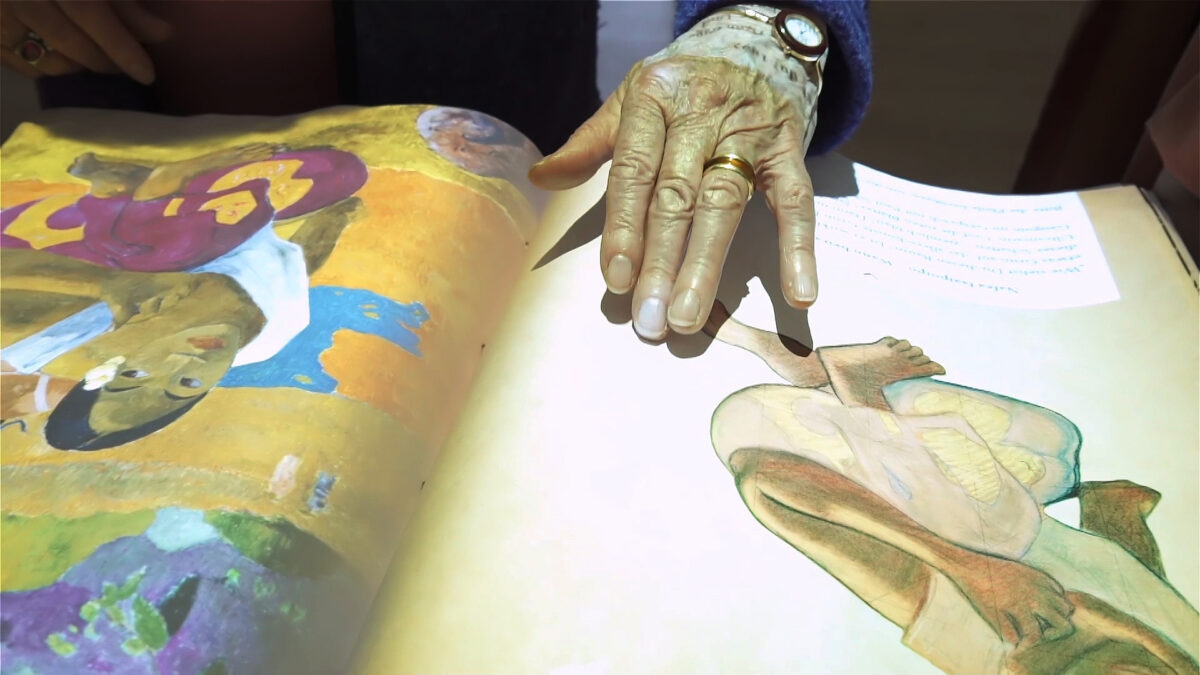
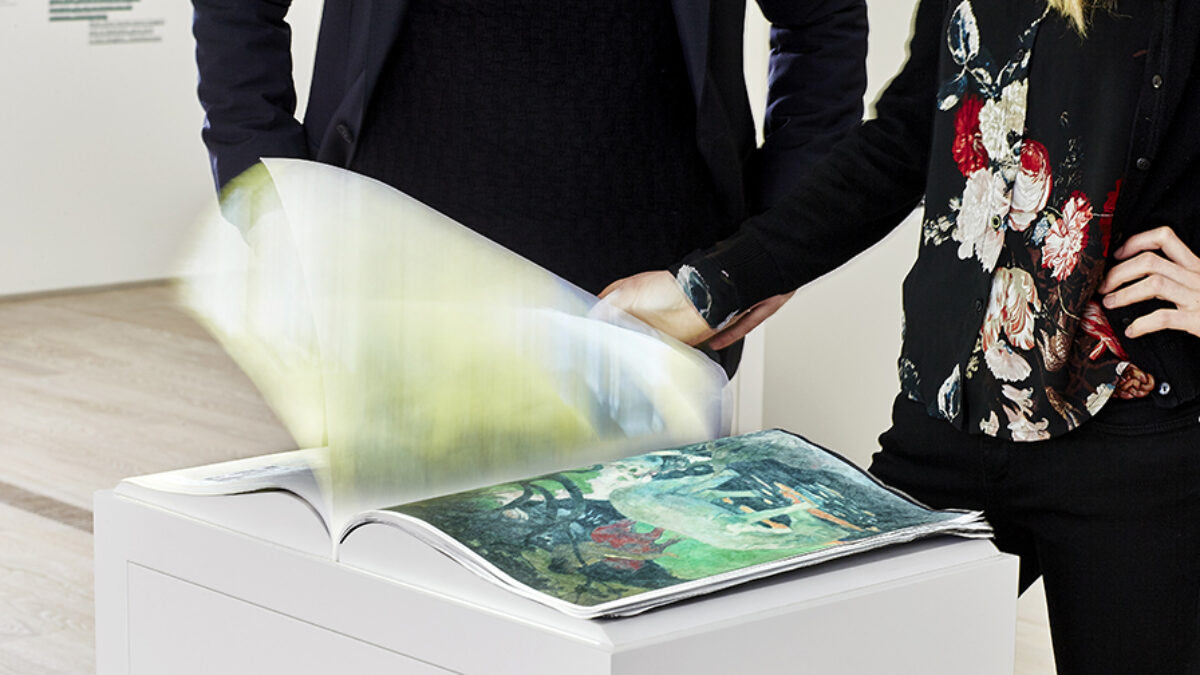
Concept
The basic idea is as simple as it is ingenious: books that consist of printed pages, and in which you can routinely turn the pages. Books in which virtual animations move simultaneously, images become more vivid, and the contents are transformed at the touch of a finger. iart's interactive books enable a novel media experience in which the haptic and the virtual mix.
Content, Interaction and Technology
The interactive books have an almost magical effect on visitors: seemingly normal printed book pages whose contents come to life. What is this sorcery? Essentially, the success of the interactive books emerges from a perfect interplay of content, interaction and technology. For each book, we create high-quality, informative, and lively animations especially tailored to the topic at hand, and the communication of the respective content. Intuitively triggered interactions make for a seamless user experience, such that the books appeal to people of all ages. It also helps that the technology that makes the experience possible is itself almost invisible. Readers simply experience a book, with its physical pages blooming into interactive content when activated by touch.
Paul Gauguin at the Fondation Beyeler
The interactive book made its public debut at the major Gauguin exhibition at Fondation Beyeler. It showed moving panoramas, interactive visual games, and background information. The public response was overwhelming, and the project went on to win numerous prizes, and critical acclaim in the press for its innovation. Hochparterre called the interactive books "a way of communicating that leaves the original its right and yet points beyond digital reproduction". The Frankfurter Allgemeine Zeitung wrote: "A firework of imagination and inspiration".
"Ideen Schweiz" at the Landesmuseum
The interactive books featured in the exhibition "Ideen Schweiz" are dedicated to four central narratives that for centuries have ideologically held the Swiss Confederation together. The authors of these texts are Petermann Etterlin, Jean Calvin, Jean-Jacques Rousseau, and Jean-Henri Dunant. The books house luminous visual collages which relay the narrative spaces of history and philosophy, supplemented by spreads of newspaper in which images transform from black and white to colour, upon touch.
BMW Art Journey
The BMW Art Journey enables Art Basel’s "emerging artists" of the current year to embark on a major research journey. The interactive Art Journey book on the artist Samson Young illustrates his five-continent sojourn to document iconic bells. The lavishly designed pages and their animations enable the viewer to experience Young’s process of transforming recorded soundscapes into visual works.
Arabian Journeys
The interactive books of the exhibition "Arabian Journeys" at Ithra, Dhahran, are filled with fascinating visual effects. Whereas the exhibition is primarily dedicated to the natural history of Arabia, the interactive books highlight the cultural history of the Saudi peninsula. They tell of pearls, of war, of horse breeding and horse racing or of the private and religious use of incense - and other such cultural practices and artifacts. With each book consisting of more than twenty double-page spreads, these are the most voluminous, in terms of content and design, that iart has ever produced.
The «Young Picasso» at the Fondation Beyeler
The interactive books on «The Young Picasso» display a wide range of creative and interactive means through which Picasso's artistic work and life become vivid. For example, when a map of Paris is lightly touched, photos of studios, galleries or bars slide into view; a "scanner" reveals deeper layers of paintings; preparatory sketches expand into the final masterpiece; or: a cat traipses across the rooftop of a house printed in the book...
How it Works
This is how the interactive books work: a book with printed pages lies on a Corian base, an infrared camera and a projector are hidden in the ceiling above. Aided by the camera image, the software recognises the opened page and sends the corresponding digital content to the projector. In addition, there are sensors in the base directly below the book that react to touch, and loudspeakers that round off the experience with sound effects.
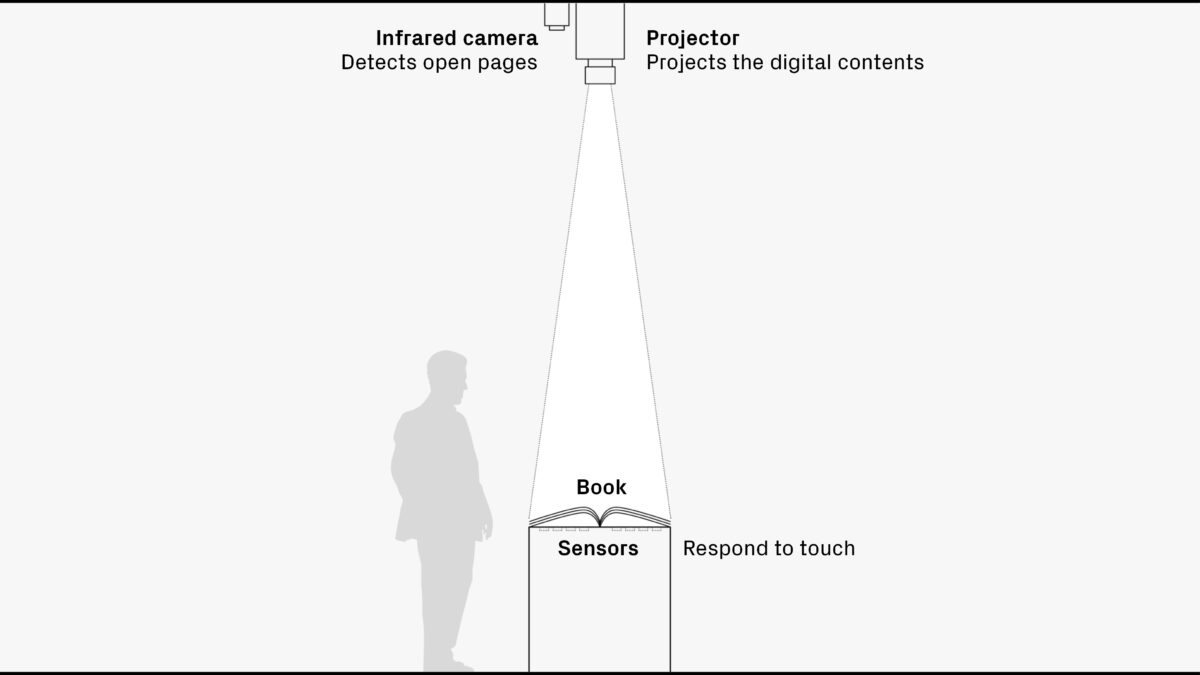
Mobile Version
We are currently further developing this successful concept by making the installation more agile, and integrating the possibilities of new technologies. Interactive books are an attractive proposition for boutiques and trade fairs, and for these, we have made construction around the book more mobile. Instead of rigging a complex installation of a corresponding beamer in the ceiling, it is now positioned at the base of the book. Assisted by a mirror, the virtual contents are then displayed in the book.


New Possibilities for Interaction
Interaction is becoming more sophisticated, thanks to new technological advances. Instead of distinct touch sensors, we now use touch foils that register continuous finger movements. This way, one can use swipe gestures or draw virtual lines in the new books. With the new interaction, new visual forms of storytelling can also be explored. Touch becomes a means by which one dives deeper into the story. If the interaction of users with the intelligent object becomes more exciting, so will the content conveyed.
Vision of Digital-Analogue Drawing
During the process of working on «The Young Picasso», we developed an "interactive sketchbook" - a concept with great potential, which we have not yet implemented. Similar to the books, it is positioned on several pedestals in the museum, and combines digital «smartness» with sensual haptics. There is a significant difference: here, not only can you interact via touch, with the interactive sketchbook, you can actually draw and graphically trace the characteristics of a painting, for example. Once done, you would be able to remove the sketch sheet you have created from the stack, and take it with you - a very personal souvenir of the experience.
Uniqueness
The interactive books will never become a mass product. They are unique, elaborate constructs. For each application, content, interaction and technology have to be fused anew into a perfect unity. That is exactly how the experience will remain unique. So anyone who can show an interactive book will always be remembered by visitors and customers.
 News23.04.2025
News23.04.2025Commitment to More Sustainability: We Are a New Member of Swiss Triple Impact (Sti)
→ Read on News27.01.2025
News27.01.2025Catacity – the City Is Being Redesigned!
→ Read on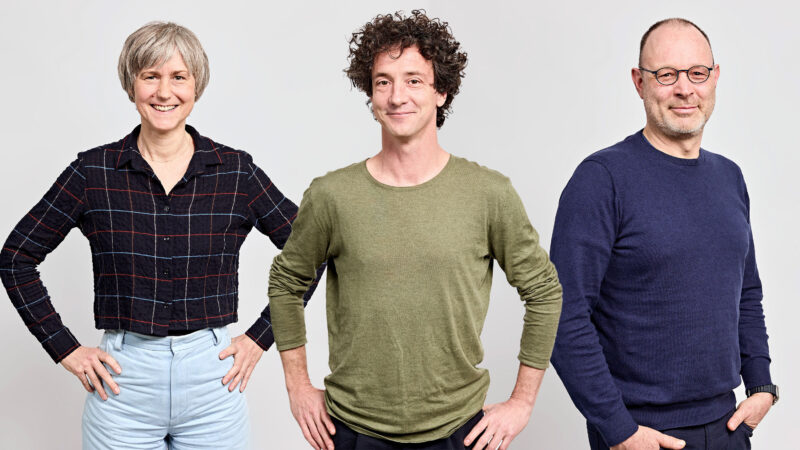 News06.01.2025
News06.01.2025Three Experienced Minds for Your Success
→ Read on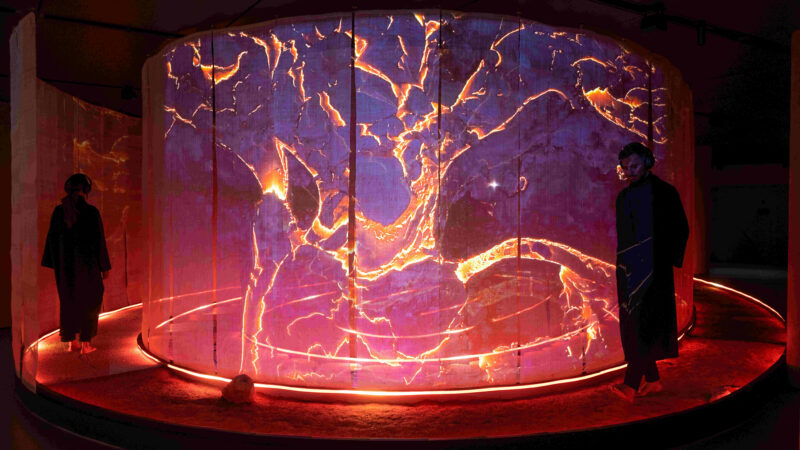 News18.12.2024
News18.12.2024The ‘Inner Power’ Installation for Hyundai Genesis Magma Opens in Zurich
→ Read on News17.12.2024
News17.12.2024Our Studio Will Stay Closed Between Christmas and New Year
→ Read on News26.11.2024
News26.11.2024Next Generation Intelligent Skins
→ Read on News30.09.2024
News30.09.2024Matisse Exhibition at the Fondation Beyeler Opens with Multimedia Space
→ Read on News30.09.2024
News30.09.2024Roots Exhibition Opens at KBH.G
→ Read on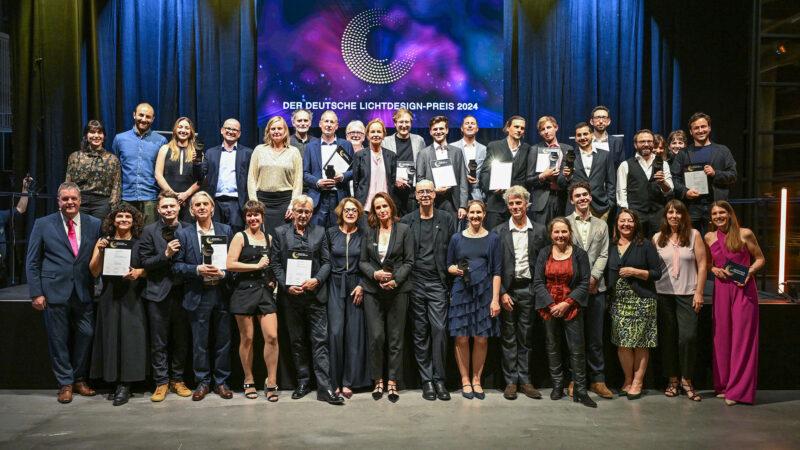 News10.06.2024
News10.06.2024German Lighting Design Award for “Wonders of Medicine”
→ Read on News27.05.2024
News27.05.2024Valentin Spiess Speaks at TEDxBasel
→ Read on News16.05.2024
News16.05.2024Opening of the ‘The End of Aging’ Show at KBH.G Basel!
→ Read on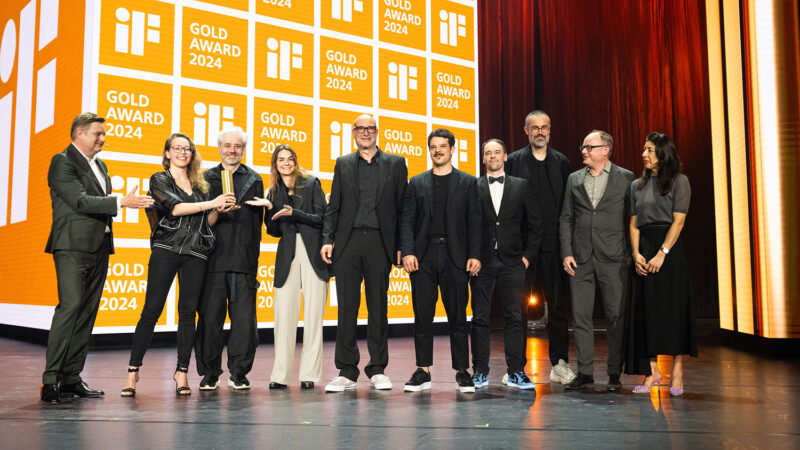 News07.05.2024
News07.05.2024iF Gold Award for “Wonders of Medicine”
→ Read on